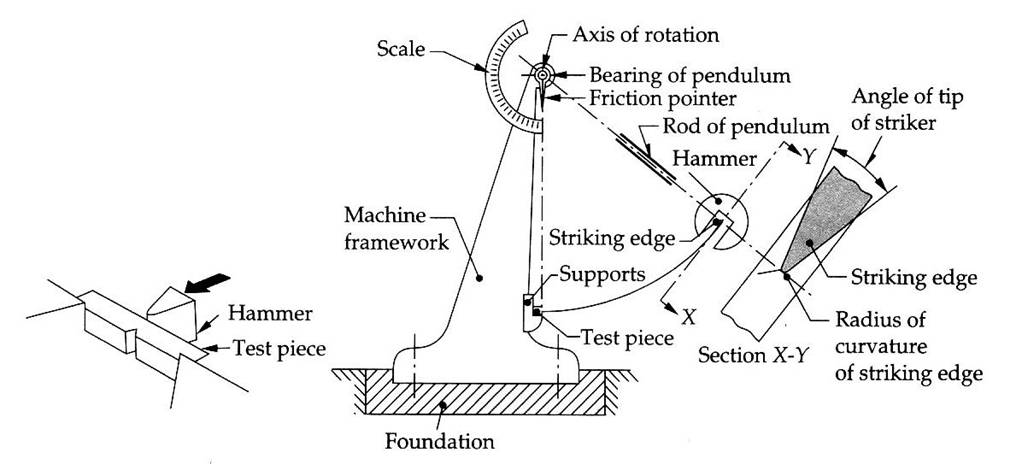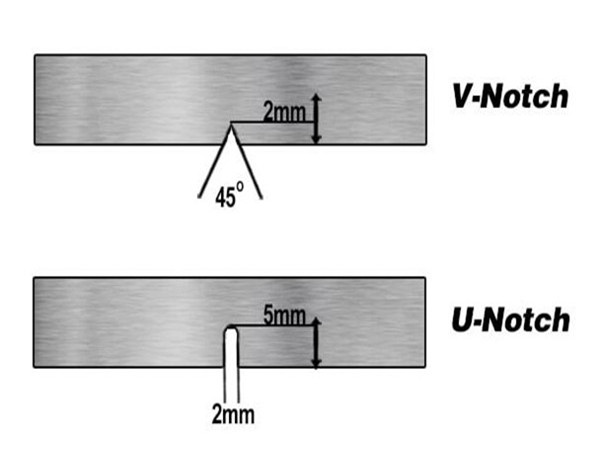News
what does the charpy impact test measure
Impact Tests
Impact tests are designed to measure the resistance to failure of a material to a suddenly applied force. The test measures the impact energy, or the energy absorbed prior to fracture. The most common methods of measuring impact energy are the:• Charpy Test
• Izod Test

Impact energy is a measure of the work done to fracture a test specimen.
When the striker impacts the specimen, the specimen will absorb energy until it yields. At this point, the specimen will begin to undergo plastic deformation at the notch. The test specimen continues to absorb energy and work hardens at the plastic zone at the notch. When the specimen can absorb no more energy, fracture occurs.
The Charpy Test
While most commonly used on metals, it is also used on polymers, ceramics and composites. The Charpy test is most commonly used to evaluate the relative toughness or impact toughness of materials and as such is often used in quality control applications where it is a fast and economical test. It is used more as a comparative test rather than a definitive test.
Charpy Test Specimens
Charpy test specimens normally measure 55x10x10mm and have a notch machined across one of the larger faces. The notches may be:
• V-notch – A V-shaped notch, 2mm deep, with 45° angle and 0.25mm radius along the base
• U-notch or keyhole notch – A 5mm deep notch with 1mm radius at the base of the notch.

What Does the Charpy Test Involve?
The Charpy test involves striking a suitable test piece with a striker, mounted at the end of a pendulum. The test piece is fixed in place at both ends and the striker impacts the test piece immediately behind a a machined notch.
PREVIOUS:charpy pendulum impact testNEXT:charpy impact test specimen
CATEGORIES
LATEST NEWS
- High-Quality Izod Impact Test Machine | Impact Testing Equip2023-07-14
- Understanding the Science Behind an Impact Testing Machine2023-06-09
- Getting to Know the Impact Testing Machine2023-06-09
- Impact Testing Machines - Your Essential Partner for Premiu2023-05-25
- Impact Testing Machines - An Essential Tool for Accurate Ma2023-05-25
CONTACT US
Contact: Tamas Vibranyec
Phone: 0086-0579-7963961
Tel: 0086-0579-7963961
Email: [email protected]
Add: No. 1336.Bingwang Road Street,Yiwu City Zhejiang province CHINA

